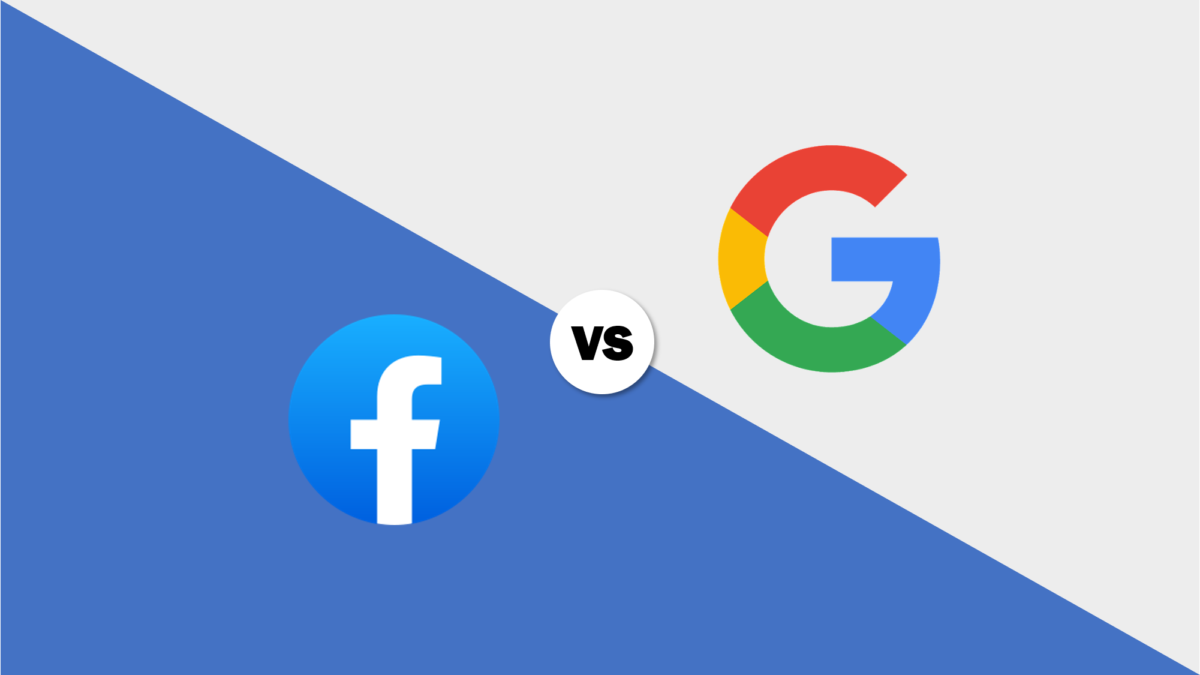Google Ads vs Meta Ads: Choosing the Right Advertising Platform

In today’s digital landscape, advertising has become essential for businesses to reach their target audience effectively. Two prominent players in the online advertising realm are Google Ads and Meta Ads (formerly known as Facebook Ads). While both platforms offer powerful tools to promote products and services, understanding the differences between them is crucial for businesses to make informed decisions about where to allocate their advertising budget.
Platform
Google Ads operates within the Google search engine and its partner sites, allowing advertisers to display ads to users actively searching for relevant keywords. On the other hand, Meta Ads operates on the Facebook platform, including Facebook, Instagram, Messenger, and Audience Network, targeting users based on their interests, demographics, and behavior.
Audience Targeting
One of the significant distinctions between Google Ads and Meta Ads is audience targeting. Google Ads primarily relies on keywords and user search intent to display ads, making it ideal for capturing users actively looking for specific products or services. In contrast, Meta Ads offer sophisticated targeting options based on user demographics, interests, behaviors, and even interactions with the platform, enabling advertisers to reach highly specific audience segments.
Ad Formats
Another crucial aspect to consider is ad formats. Google Ads predominantly feature text-based ads, display ads, and video ads within search results, websites, and YouTube. Conversely, Meta Ads offer a variety of ad formats, including image ads, carousel ads, video ads, and immersive experiences like augmented reality ads, providing advertisers with more creative flexibility to engage their audience.
how many weeks for consideration campaign ads meta and google
Cost Structure
The cost structure differs between Google Ads and Meta Ads. Google Ads operates on a pay-per-click (PPC) or cost-per-thousand-impressions (CPM) basis, where advertisers bid on keywords or impressions to display their ads. In contrast, Meta Ads utilize a bidding system based on ad objectives, such as clicks, impressions, or conversions, with costs varying depending on factors like audience size, competition, and ad placement.
Effectiveness Comparison
Reach and Visibility
Google Ads offer extensive reach due to its dominance in the search engine market, allowing advertisers to connect with users actively seeking information or solutions. However, Meta Ads leverage the vast user base of Facebook and Instagram, offering advertisers access to a diverse audience across multiple platforms, enhancing brand visibility and engagement.
Conversion Rates
While both platforms can drive conversions, the conversion rates may vary based on the nature of the audience and the advertising objectives. Google Ads tend to excel in capturing high-intent users ready to make a purchase or take action, resulting in potentially higher conversion rates. Conversely, Meta Ads are effective in generating brand awareness, engagement, and nurturing leads through targeted campaigns.
Ad Placement
Google Ads appear within search results, websites, and YouTube videos, seamlessly integrating with user experience. In contrast, Meta Ads are displayed within users’ social feeds, blending with organic content, but also facing competition and potential ad fatigue from users.
Case Studies
Success Stories with Google Ads
- Company X: Increased website traffic by 50% and doubled online sales within three months using Google Ads’ targeted keywords and compelling ad copies.
- Company Y: Achieved a 30% increase in lead generation and improved conversion rates by 25% through strategic bidding and ad optimization on Google Ads.
Success Stories with Meta Ads
- Company A: Expanded brand reach by 70% and boosted engagement by 40% through interactive video ads and precise audience targeting on Meta Ads.
- Company B: Generated a 20% increase in sales revenue and enhanced customer loyalty by running personalized retargeting campaigns on Meta Ads.
Conclusion
In conclusion, both Google Ads and Meta Ads offer powerful advertising platforms with distinct features and advantages. When choosing between the two, businesses should consider their advertising goals, target audience, budget, and the nature of their products or services. Google Ads may be more suitable for capturing high-intent users and driving immediate conversions, while Meta Ads can be effective in building brand awareness, engagement, and nurturing leads over time.
FAQs








